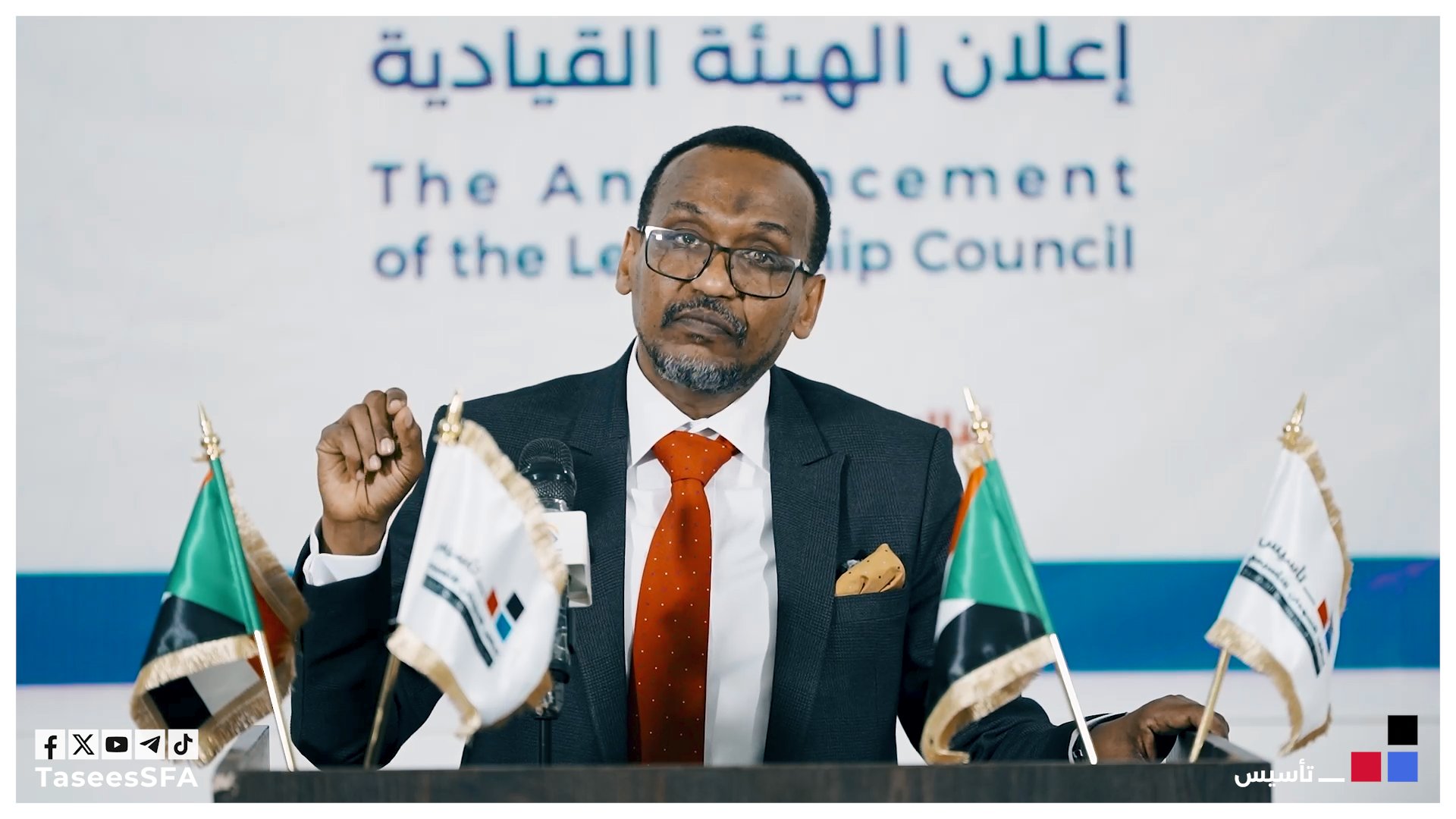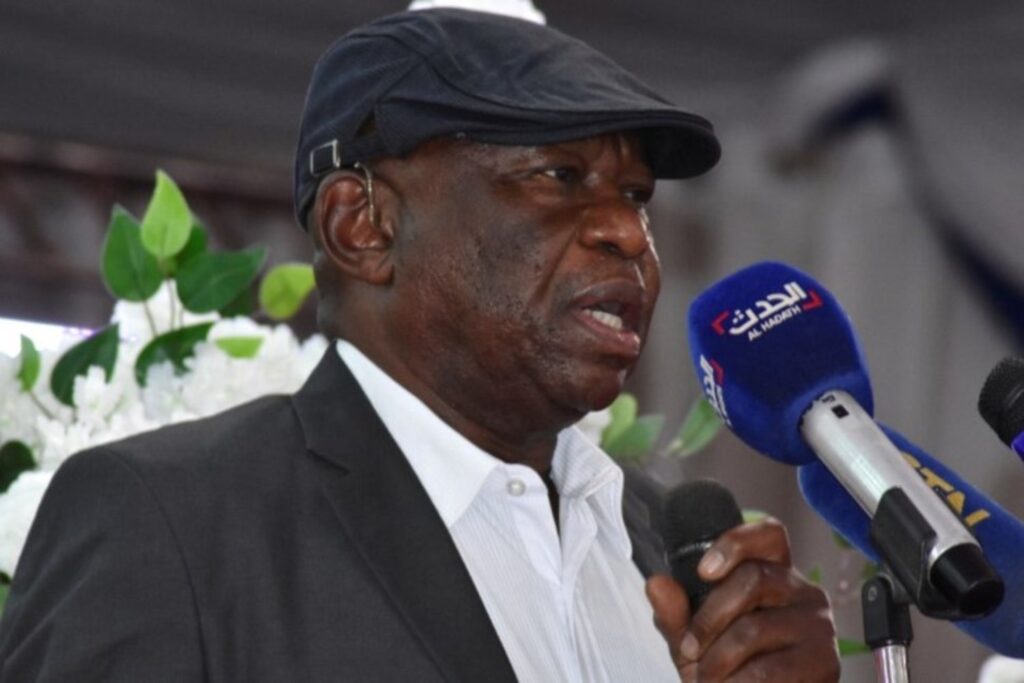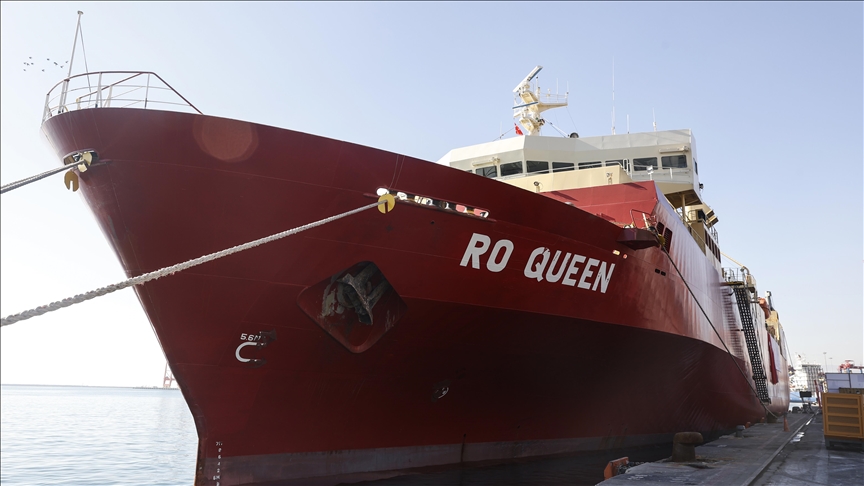
The Sudan Founding Alliance (TASIS) congratulated Ethiopia on the inauguration of the Grand Ethiopian Renaissance Dam (GERD), hailing it as a landmark in the country’s development and a symbol of self-reliance and sustainable growth.
In a statement, TASIS said the project “embodies the aspirations of nations to harness natural resources for a more prosperous future,” and urged that GERD serve as “a bridge for cooperation among all Nile Basin countries—without exploitation or injustice.”
The alliance argued the dam underscores Africa’s capacity to deliver strategic, globally significant projects. It said GERD’s completion would strengthen Ethiopia’s energy security while opening “promising horizons” for deeper regional integration and shared development across the Horn of Africa and the wider continent.
GERD — what it is and why it matters
• Ethiopia officially inaugurated the Grand Ethiopian Renaissance Dam (GERD) on Sept 9, 2025, a roughly $5 billion hydropower project on the Blue Nile near the Sudan border.
• Designed output is about 5,150 MW—Africa’s largest—though only part of that is online today, with two turbines producing roughly 750 MW as of the launch.
• When full, GERD is expected to more than double Ethiopia’s current power capacity and enable exports to neighbors, creating new incentives for cross-border grid cooperation.
• The reservoir can store about 74 km³ of water (around 1.6 years of the Blue Nile’s average flow), making coordinated filling and operation central to downstream water security.
• Egypt, which depends on the Nile for roughly 90% of its freshwater, has pressed for a binding operating deal; tensions remain even as Ethiopia touts the dam’s regional benefits.
TASIS welcomes GERD as a symbol of African self-reliance and calls for it to be a bridge for Nile Basin cooperation—“without exploitation or injustice”—with equitable, transparent arrangements that safeguard downstream communities and shared development.




